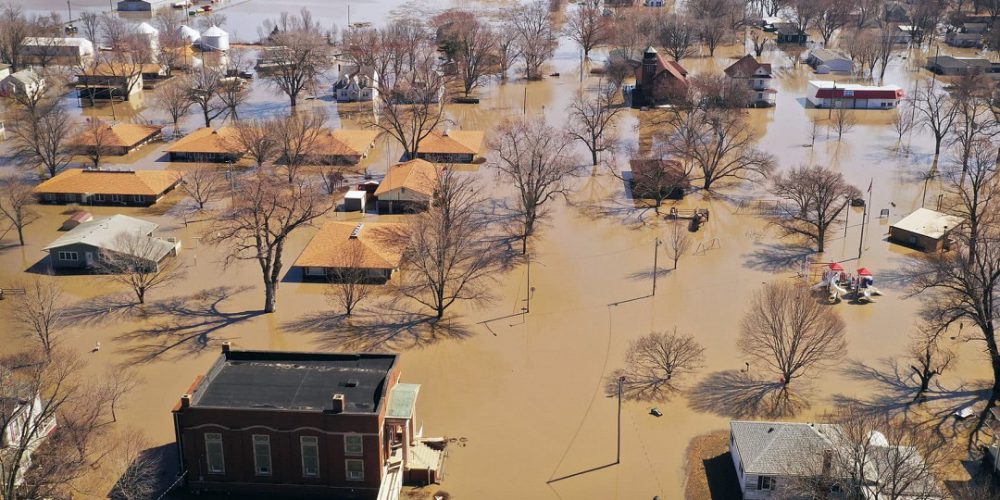High human health risks: breathing plastic air

Research shows that many of the microplastics in our bodies come from the air we breathe – not just from drinking bottled water or eating fish from polluted oceans. Due to their small size, microplastics can be inhaled and may induce a wide range of diseases including respiratory and cardiovascular diseases, as well as cancer.
More than 300 million tons of plastic are produced each year. Half of that plastic becomes trash in less than a year. Out of the plastics produced, only 9% is recycled; the remaining 91% enters the air, land and water as waste. Parts end up in our lungs. And they stay in the lung tissue or enter the blood stream as the body is not able to rid itself of the tiny plastic particles. Babies who crawl on the floor are the most vulnerable, and children more generally are most at risk as their respiratory systems are still under development.
Concentration of airborne microplastics higher in indoor air
Microplastics have been found in both indoor and outdoor air. However, the concentration in indoor air is higher than outdoors, according to research presented in 2018 by École Nationales des Ponts et Chaussées.
Microplastics in the indoor air result from the fragmentation through friction, heat or light of plastic objects found in our homes. These include toys, furniture, plastic bags, cosmetics, toothpaste and scrubs. Showering with a body scrub alone may flush 100,000 microplastic beads into the wastewater system and on into the air, says the Environmental Audit Committee in Britain, which banned microbead use in January 2018, following the lead of the US, Canada and New Zealand.
The majority of microplastics found in the indoor air, however, comes from plastic fibres released from synthetic clothing and textiles used in home furnishings. These microplastic fibres tend to be longer and therefore more harmful when inhaled. Today, synthetic materials, such as acrylic, nylon, polyester, make up some 60% of global textile production.
When washing these textiles, microplastic fibers are released and end up in the wastewater due to lack of good filtration. Washing a fleece jacket, for instance, releases up to 250,000 microplastic fibers into the wastewater, according to a 2016 study by the Bren School of Environmental Science & Management at the University of California Santa Barbara. Sadly, most wastewater treatment facilities do not have filters to remove microplastics from so-called ‘treated’ water either.
High human health risks
The full health effects of breathing microplastics are not yet entirely understood. But research proves that the threat to human health is high. Once inhaled, these tiny particles go into the deep lungs where they may induce lesions in the respiratory systems. The smallest particles can also pass into the bloodstream and cause cardiovascular and cerebrovascular diseases, induce cancer and affect the human immune and nervous system. Microplastics found in lung tissue indicate that the body is not able to rid itself of all particles – i.e. that the microplastics are bio-persistent.
Airborne microplastics may also carry other toxic pollutants found in the air, from bacteria to traffic emissions, into the bloodstream from the lungs.
Children most at risk
Children are more active and breathe more rapidly than adults, taking in more air in relation to their body weights. This makes them more vulnerable. Children are also more at risk as their respiratory system are still developing.
Babies and toddlers spend more time playing on the floor, where microplastics settle in the form of dust. Moreover, small children play with, and may even chew on plastic toys, putting them at a higher risk. Researchers studying Tehran’s urban dust found that children may swallow as many as 3,200 plastic particles a year. A baby’s first exposure to these particles may, however, already take place before birth, as microplastics have been found in the placenta.
More research is needed to better understand the impact of airborne pollution on human health. In December 2017, the United Nations signed a resolution to stop the flow of plastic waste into the oceans. Its next – and perhaps greater – challenge is to persuade member nations to sign a new resolution to stop the flow of plastic waste into the air.

































